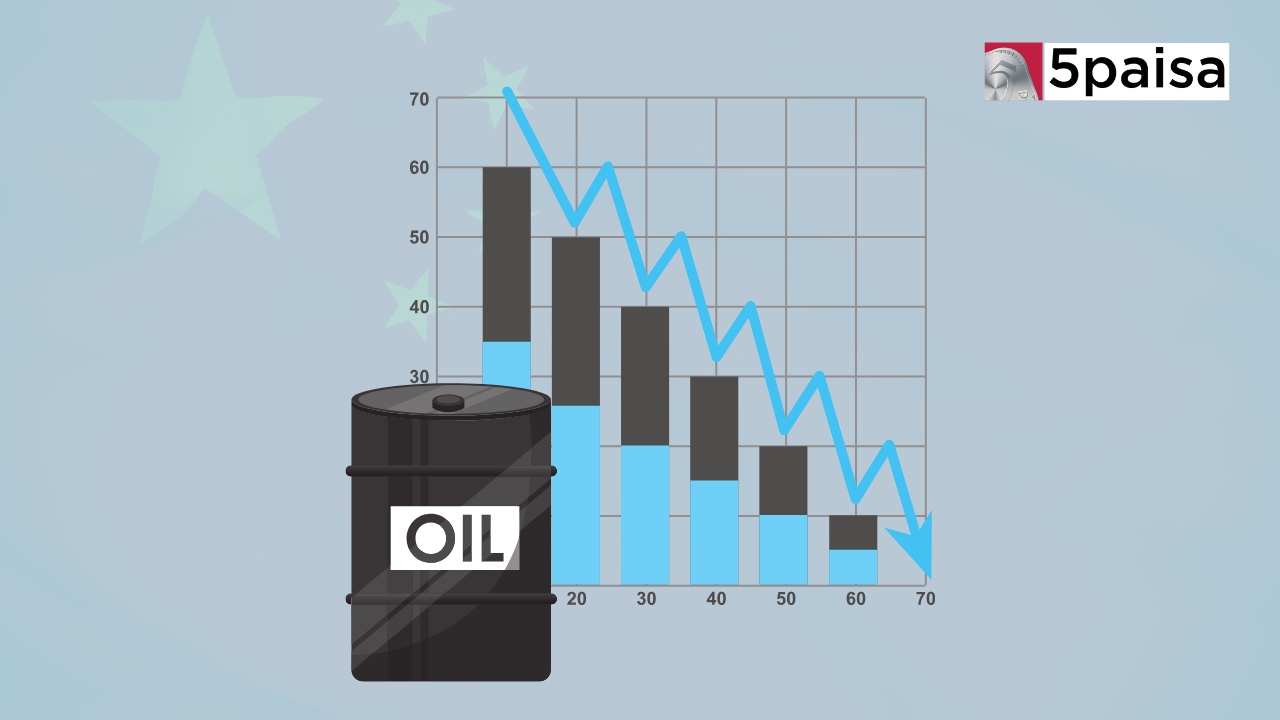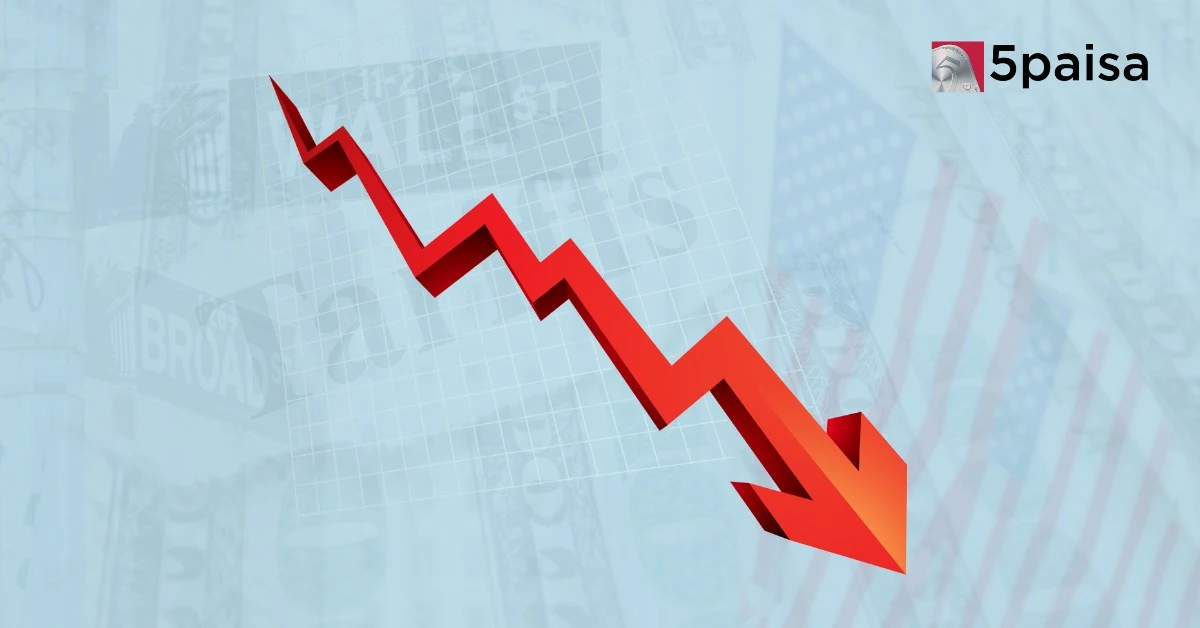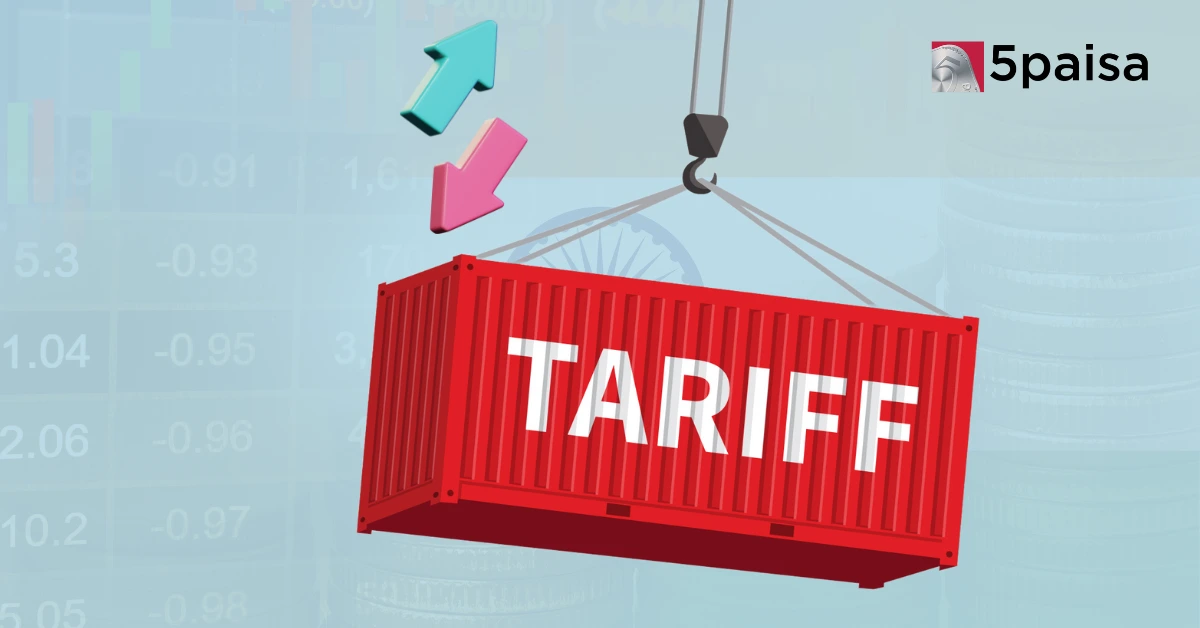Wall Street Futures Slide as Nvidia and ASML Warn Amid Tariff Uncertainty
Oil Prices Hold Steady Amidst China's Stimulus and Oversupply Concerns

Oil prices remained relatively stable in early trading on Tuesday after falling sharply in recent sessions, driven by concerns over China’s stimulus plan and oversupply in the market. As traders await further direction from OPEC's monthly report, both Brent and U.S. West Texas Intermediate (WTI) crude futures showed only slight movements, reflecting uncertainty in the oil market.
Brent crude futures were down by just one cent, trading at $71.82 per barrel, while WTI crude saw a modest rise of three cents, reaching $68.07 per barrel. This slight stability follows significant drops in both benchmarks, which lost more than 5% over the past two trading days. The sharp declines were attributed to two key factors: the unveiling of China’s stimulus package and worries over an oversupplied market in 2025.
On Friday, China revealed a 10 trillion yuan ($1.40 trillion) debt package aimed at alleviating local government financing strains. While this move was intended to boost the country’s struggling economy, analysts have expressed concerns that the stimulus falls short of the magnitude needed to significantly drive up demand, particularly in oil consumption. With China being the world’s second-largest oil consumer, any signs of economic stagnation have a direct impact on global oil prices.
Also check Crude Oil Price Today: MCX Crude Oil Rate Today Live
Adding to the downward pressure, the oil market is also grappling with the potential for oversupply. The Organization of Petroleum Exporting Countries (OPEC) is expected to release its monthly report later today, which could offer further clues about the state of global demand. The market is particularly focused on any downward revisions in OPEC's forecast for oil demand through 2025. Such revisions would add more bearish sentiment, increasing concerns that supply could outstrip demand in the years to come.
Additionally, the futures market's current structure, known as "contango," signals an over-supplied market. In a contango market, the prices for near-term oil deliveries are lower than those for future deliveries, indicating that the market is well-supplied in the short term or that there is higher demand expected in the future.This condition has been observed in both Brent and WTI contracts, with analysts from ING noting the collapse of time spreads for both benchmarks.
Meanwhile, the strength of the U.S. dollar has also contributed to pressure on oil prices. On Monday, the dollar rose against a basket of currencies, which makes oil more expensive for buyers using other currencies. This added cost typically dampens demand for oil, weighing on prices.
In Conclusion
The outlook for oil prices remains uncertain. The impact of China's stimulus plan, concerns over oversupply in 2025, and the strength of the U.S. dollar all contribute to a complex outlook. As markets await further updates from OPEC, the upcoming U.S. inflation data and Federal Reserves speakers, oil prices will likely continue to face significant volatility in the near term. Investors and market participants will need to closely monitor these developments for clearer direction in the coming weeks.
- Flat ₹20 Brokerage
- Next-gen Trading
- Advance Charting
- Actionable Ideas
Trending on 5paisa
02
 5paisa Research Team
5paisa Research Team
Global Market Related Articles
Disclaimer: Investment in securities market are subject to market risks, read all the related documents carefully before investing. For detailed disclaimer please Click here.





